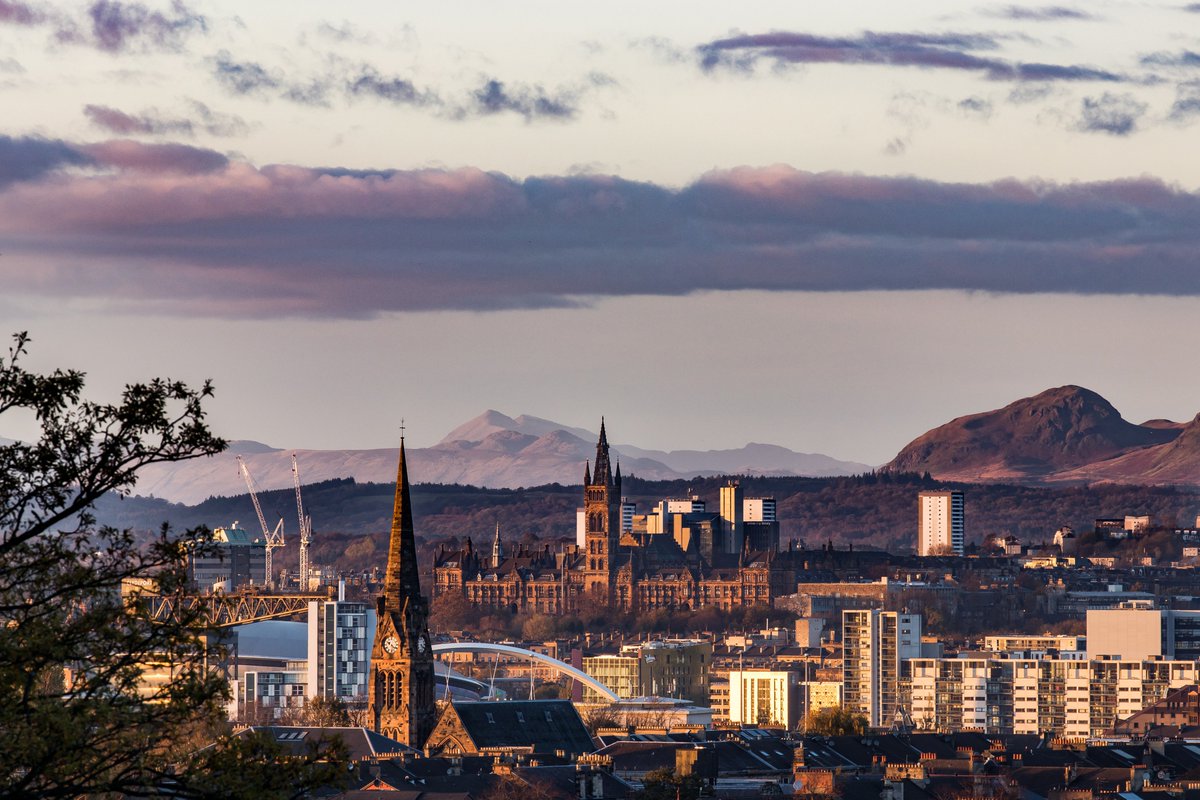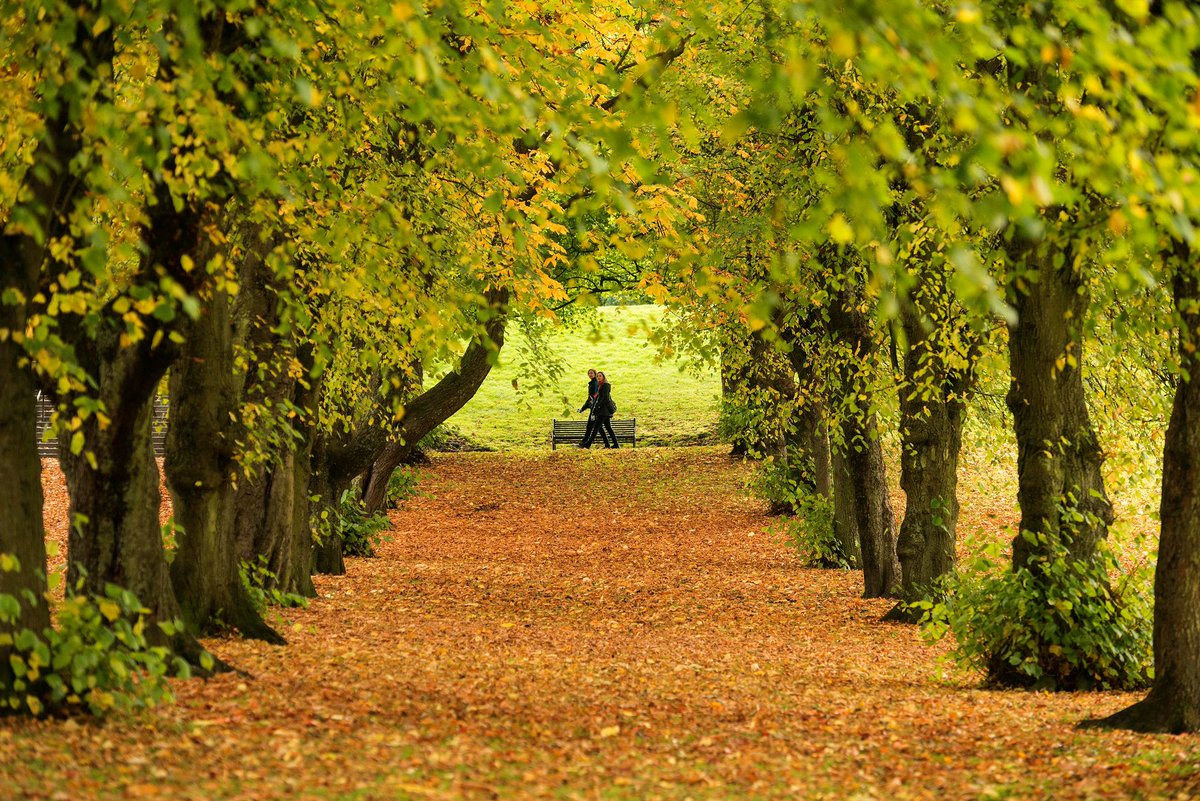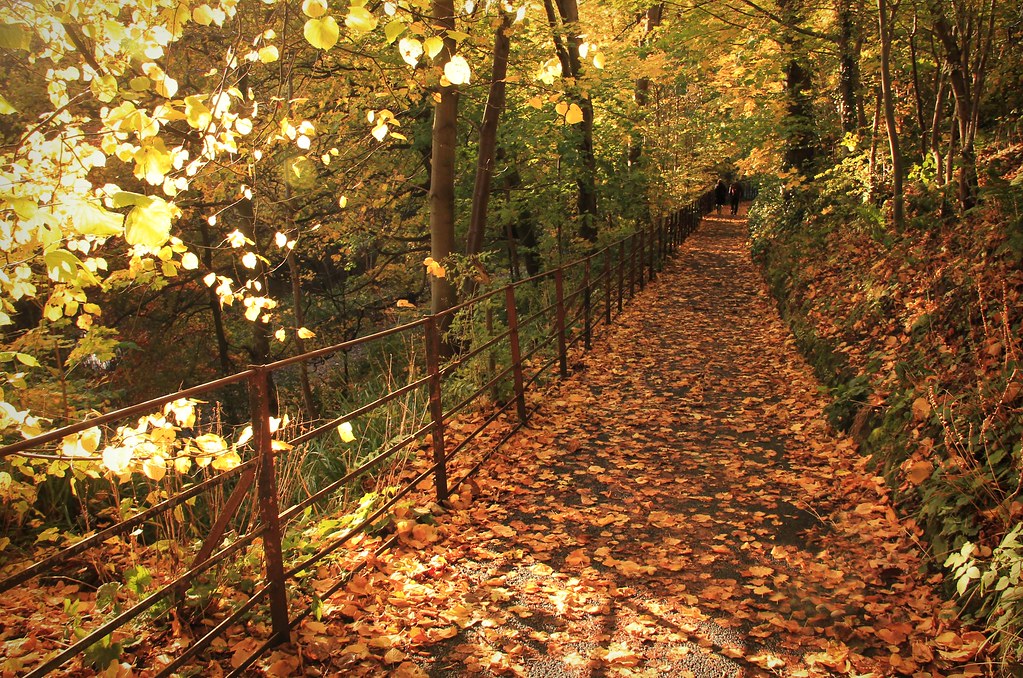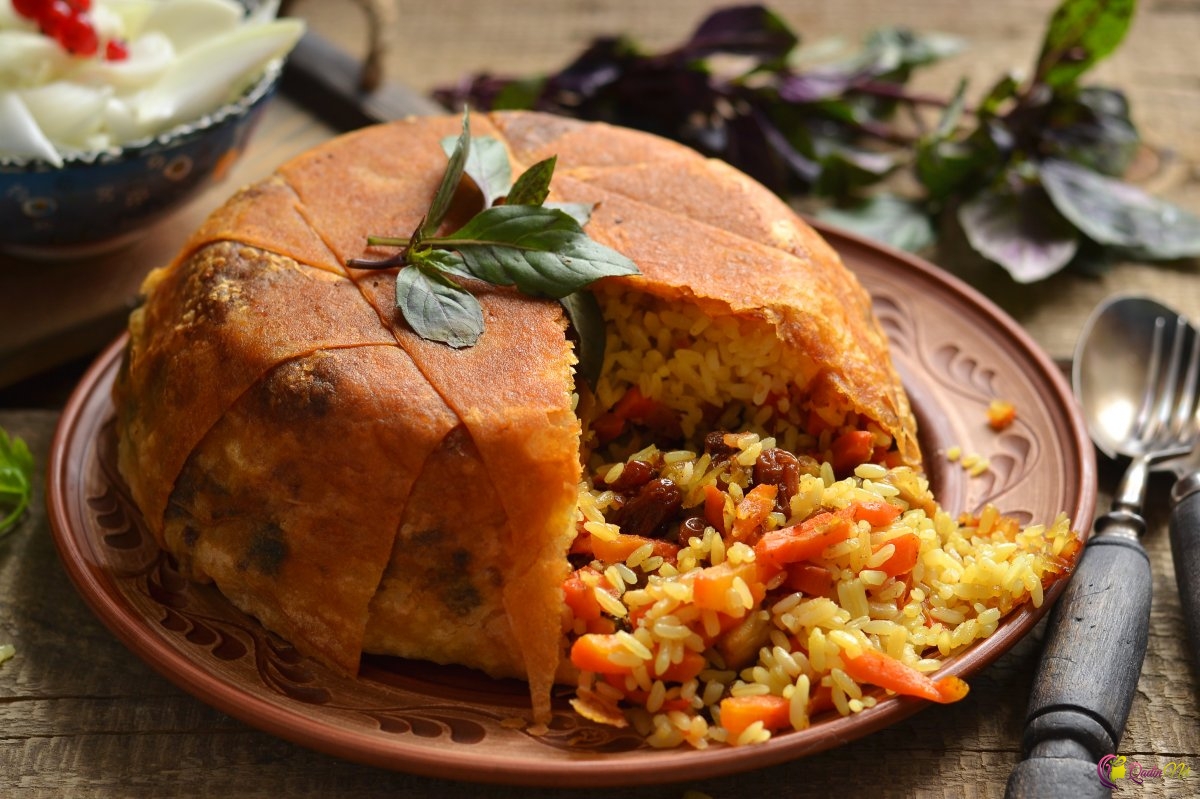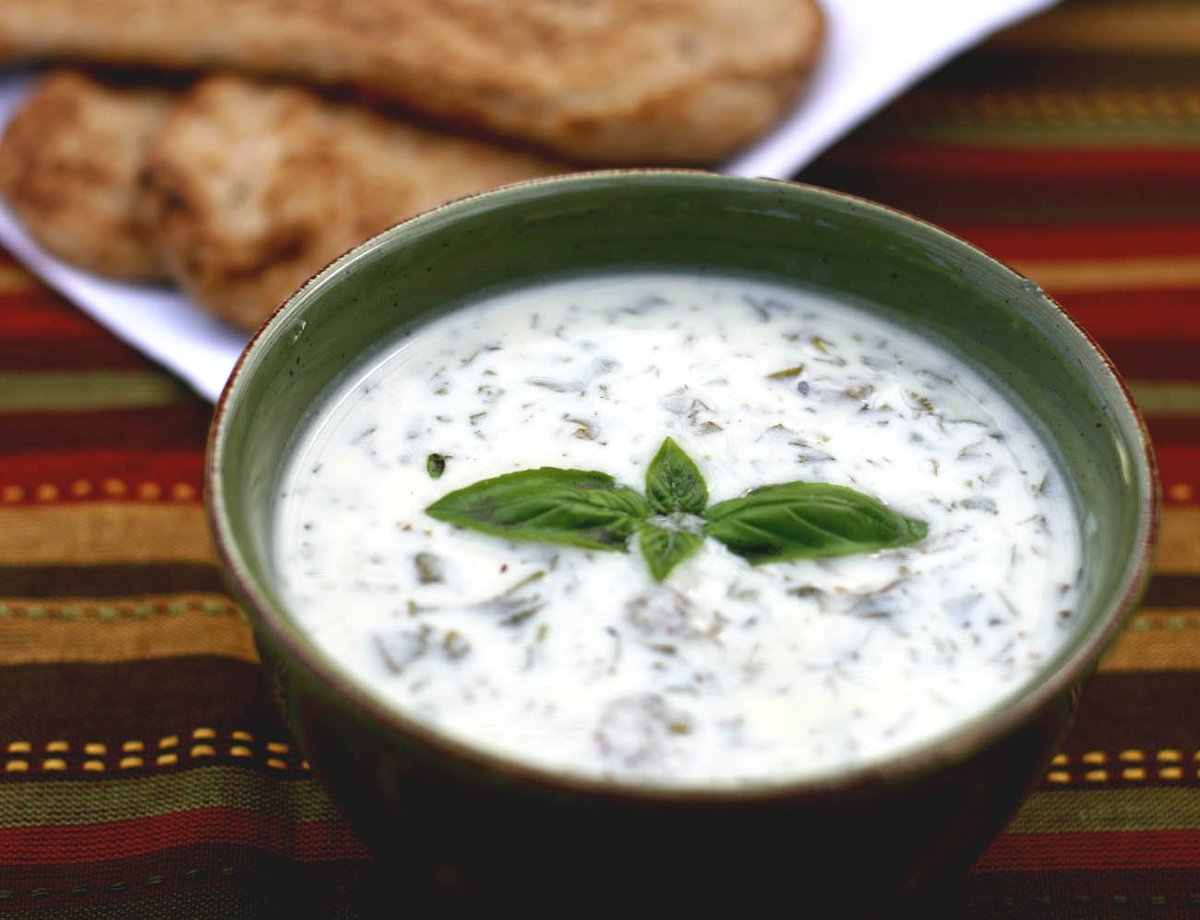The term "New Scots" was primarily used to describe people of any background who have immigrated to Scotland since the 1945 as modern immigrants. #migration #history
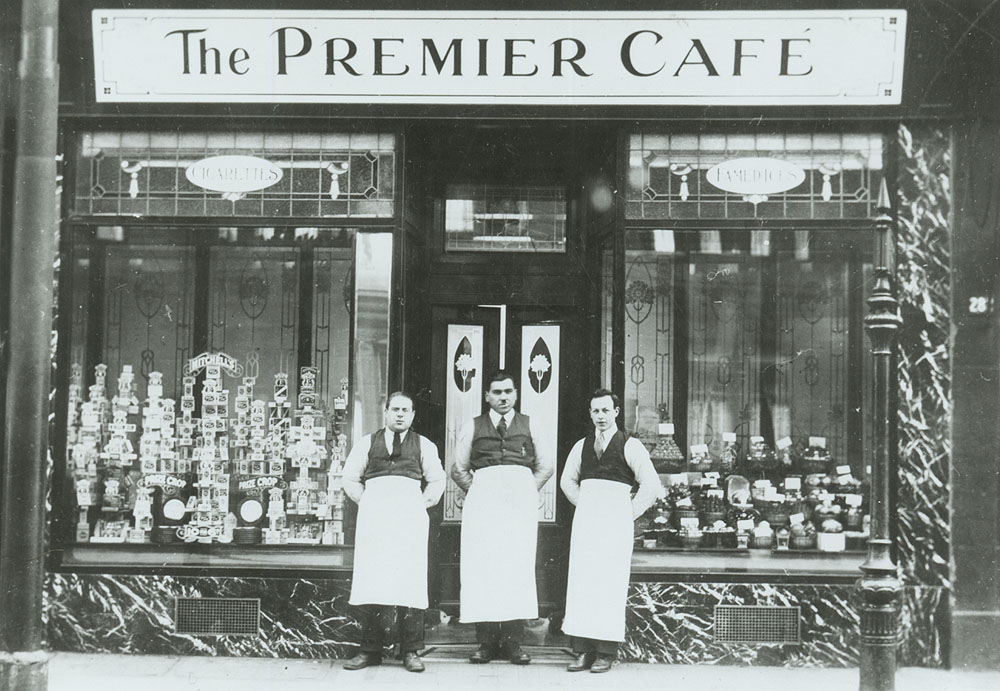
"What object they have in doing so is beyond human ken unless it is, as stated by a speaker at Irvine, to teach men how to live on garlic and oil, or introduce the Black Death, so as to get rid of the surplus labourers." #xenophobia
It opened at a time when there were very few Chinese people living in the city. In fact, only three Chinese families were living in Glasgow in 1953.
He journeyed from China to the Black Isle in the 1770s, and then on to Edinburgh where he lived for over 50 years, rising to become a senior sccountant at the Board of Excise.
He died on 31 October 1831, aged seventy-eight, and is buried in St Cuthbert’s graveyard.
All these different people contribute to making Scotland a great place to live, work, study, visit or do business in!





















